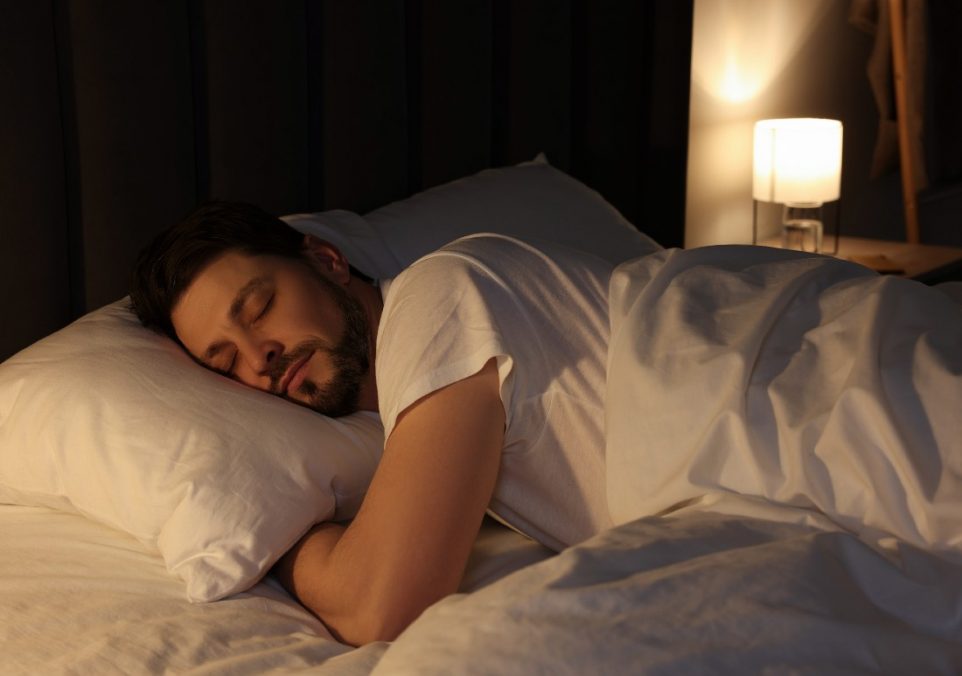Hot Sleeper, Here’s How You Can Stay Cool During Summer Nights

Finding the right sleep setup can be a game-changer, especially if you’re someone who tends to overheat at night. I’ve been there, tossing and turning, trying to find that perfect cool spot on the pillow. It’s frustrating and can leave you feeling less than rested. Over time, I’ve discovered some effective strategies that can help keep things cool and comfortable, ensuring you get the restful sleep you need.
For those who sleep hot, the key is to create an environment that allows your body to regulate its temperature effectively. It’s not just about having a fan or cranking up the air conditioner – though those help – but also about choosing the right materials and setups that work with your body’s natural cooling processes. Let’s dive into some practical tips and tricks that can make a world of difference for hot sleepers.
Understanding Your Body’s Cooling Mechanisms
Our bodies naturally cool down during sleep as part of the circadian rhythm. This process involves various mechanisms like vasodilation, where blood vessels expand to release heat, and sweating, which cools the skin through evaporation. When your sleep environment is too warm, these processes can be disrupted, leading to restless nights and frequent waking.
Choosing breathable materials for your bedding and sleepwear can significantly impact how well your body can regulate temperature. Natural fibers like cotton and linen are excellent choices because they allow for better airflow and wick moisture away from the skin. On the other hand, synthetic materials can trap heat and moisture, making you feel even hotter.
Bedding and Sleepwear Choices
One of the simplest ways to stay cool at night is to pay attention to your bedding. Lightweight, breathable sheets made from natural fibers can make a huge difference. Opt for a lighter blanket or cooling cover duvet during the warmer months and consider a cooling mattress pad to help regulate temperature.
Related: Best Cooling Pillows
When it comes to sleepwear, loose-fitting clothing made from breathable materials is your best bet. Avoid heavy pajamas and opt for something light and airy. If you’re comfortable, sleeping in minimal clothing can also help your body stay cool. The goal is to allow as much airflow as possible to aid in the body’s natural cooling processes.
Creating a Cooler Sleep Environment
The temperature of your bedroom plays a crucial role in how well you sleep. Ideally, you want to keep your room between 60 to 67 degrees Fahrenheit. If you don’t have air conditioning or want to save on energy costs, there are several other ways to cool down your space.
Fans are a great option and can help circulate air throughout the room. Placing a bowl of ice water in front of a fan can create a cooling breeze. Another trick is to keep your curtains closed during the day to block out heat from the sun. Using blackout curtains can be particularly effective in maintaining a cooler room temperature.
Nighttime Cooling Techniques
Sometimes, despite your best efforts, the room might still feel too warm. In such cases, there are a few additional techniques you can try. Taking a lukewarm shower before bed can help lower your body temperature. As the water evaporates from your skin, it creates a cooling effect, making it easier to fall asleep.
You can also try placing a cold pack or a damp washcloth on pulse points like your wrists, neck, or forehead. This can provide immediate relief and help lower your overall body temperature. Some people find that freezing their pillowcase or placing it in the refrigerator for a few minutes before bed can also create a more comfortable sleep environment.
Choosing the Right Mattress
The type of mattress you sleep on can have a significant impact on how hot or cool you feel during the night. Traditional memory foam mattresses are known for retaining heat, which can be a nightmare for hot sleepers. If you prefer the feel of memory foam, look for options with cooling technology, such as gel-infused foam or open-cell structures that promote better airflow.
Innerspring and hybrid mattresses generally sleep cooler because of the increased airflow through the coils. Latex mattresses are another great option, as they are naturally breathable and often have perforations to enhance airflow. When choosing a mattress, consider how well it can regulate temperature and keep you comfortable throughout the night.
Hydration and Diet
Staying hydrated is crucial for regulating body temperature, especially for hot sleepers. Drinking plenty of water throughout the day helps your body stay cool and reduces the likelihood of overheating at night. However, try to avoid large amounts of fluid right before bed to prevent disruptive trips to the bathroom.
Your diet can also play a role in how well you sleep. Eating heavy, spicy, or protein-rich meals close to bedtime can increase your body temperature and make it harder to stay cool. Opt for lighter meals in the evening and include foods with high water content like fruits and vegetables to help maintain hydration.
Why Trust Us?
At The Sleeping Institute, we're dedicated to transparency, impartiality, and accuracy in every article we publish. Our reviews are based on comprehensive analysis and firsthand experience. Staying current with the latest advancements in sleep technology, we offer up-to-date, reliable, and unbiased information to help you make informed decisions for a better night's rest. Let us be your trusted guide in the ever-evolving world of sleep technology!